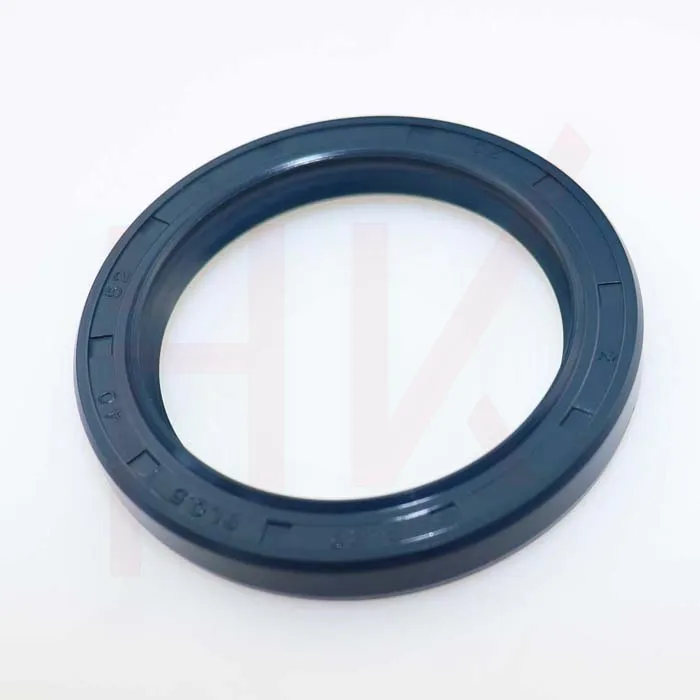ნოე . 30, 2024 22:16 Back to list
hydraulic ram seals
Understanding Hydraulic Ram Seals Importance, Types, and Maintenance
Hydraulic systems play a crucial role in various industrial applications, from heavy machinery to fluid power systems. Among the essential components of these systems are hydraulic ram seals. These seals are vital for ensuring the efficiency and reliability of hydraulic systems by preventing fluid leakage and maintaining pressure. In this article, we will explore the importance of hydraulic ram seals, the types available, and best practices for maintenance to ensure longevity and optimal performance.
Importance of Hydraulic Ram Seals
Hydraulic ram seals are designed to create a barrier that prevents hydraulic fluid from leaking out of the system. Leakages not only reduce the efficiency of the hydraulic system but can also lead to equipment malfunction, increased operational costs, and potential safety hazards. Effective seals ensure that the hydraulic fluid remains contained, allowing for the smooth operation of hydraulic cylinders. This, in turn, translates to better performance in lifting, pushing, and pulling heavy loads, which is invaluable in industries such as construction, manufacturing, and automotive.
Furthermore, hydraulic seals play a significant role in protecting the internal components of hydraulic systems from contamination. Contaminants such as dirt, dust, and moisture can impair the functionality of hydraulic systems, leading to wear and premature failure. By effectively sealing the hydraulic ram, these seals safeguard against such issues, thereby maintaining system integrity and prolonging the lifespan of hydraulic components.
Types of Hydraulic Ram Seals
There are various types of hydraulic ram seals available, each serving a specific function based on the application and the type of fluid used
. Some of the most common types include1. O-Rings These are circular seals that are placed in grooves to create a tight seal between two surfaces. O-rings are versatile and commonly used in low-pressure applications.
2. U-Cups Also known as U-seals, these are designed for rod and piston sealing applications. They are shaped like a ‘U’ and work efficiently in both static and dynamic conditions.
3. Backup Rings These are used in conjunction with O-rings or U-cups to prevent extrusion and enhance sealing performance, especially in high-pressure environments.
4. V-Rings These seals are flexible elastomeric seals that fit tight against the shaft and provide effective sealing in rotating applications.
hydraulic ram seals

5. Lip Seals These seals use a flexible lip to create a barrier between the dynamic surface and the fluid, often used in rotary applications.
Each type of seal has unique characteristics, which influence its performance under specific conditions, including temperature, pressure, and the type of hydraulic fluid being used.
Maintenance of Hydraulic Ram Seals
Maintaining hydraulic ram seals is essential for ensuring their longevity and the overall efficiency of the hydraulic system. Here are some best practices for seal maintenance
1. Regular Inspection Periodically check seals for signs of wear, swelling, or damage. Early detection of issues can help prevent costly repairs and downtime.
2. Cleanliness Ensure the hydraulic system is free of contaminants. Clean all surfaces before installing new seals, as debris can lead to seal failure.
3. Proper Installation Follow manufacturer guidelines for installation. Improper alignment or over-compression can damage seals and lead to leakage.
4. Monitor Fluid Quality Maintain the quality of hydraulic fluid by regularly checking for contamination, degradation, and appropriate viscosity. This will help in reducing the wear on seals.
5. Temperature Management Ensure that the temperature of the hydraulic fluid remains within the recommended range. Excessive heat can accelerate seal wear.
Conclusion
Hydraulic ram seals are integral components of hydraulic systems, ensuring their efficiency, reliability, and longevity. Understanding the various types of seals available and adhering to proper maintenance practices can significantly enhance the performance of hydraulic machinery. Investing time and resources in seal maintenance not only reduces downtime and repair costs but also contributes to the safe and effective operation of hydraulic systems across various industries.
-
The Trans-formative Journey of Wheel Hub Oil Seals
NewsJun.06,2025
-
Graphene-Enhanced Oil Seals: Revolutionizing High-Pressure Oil Sealing
NewsJun.06,2025
-
Future of Hydraulic Sealing: Advanced Intelligent TCN Oil Seals
NewsJun.06,2025
-
Don’t Let a Broken TCV Oil Seal Ruin Your Day
NewsJun.06,2025
-
Bio-Inspired Dust Seals for Better Sealing Performance
NewsJun.06,2025
-
Biodegradable and Sustainable Hydraulic Seal Materials
NewsJun.06,2025
-
Top Oil Seal Solutions for Your Industrial Needs
NewsMay.22,2025
Products categories
















